Sketches Unhinged: The Artistic Triumph of Azad Daniel's 'Visual Diary'
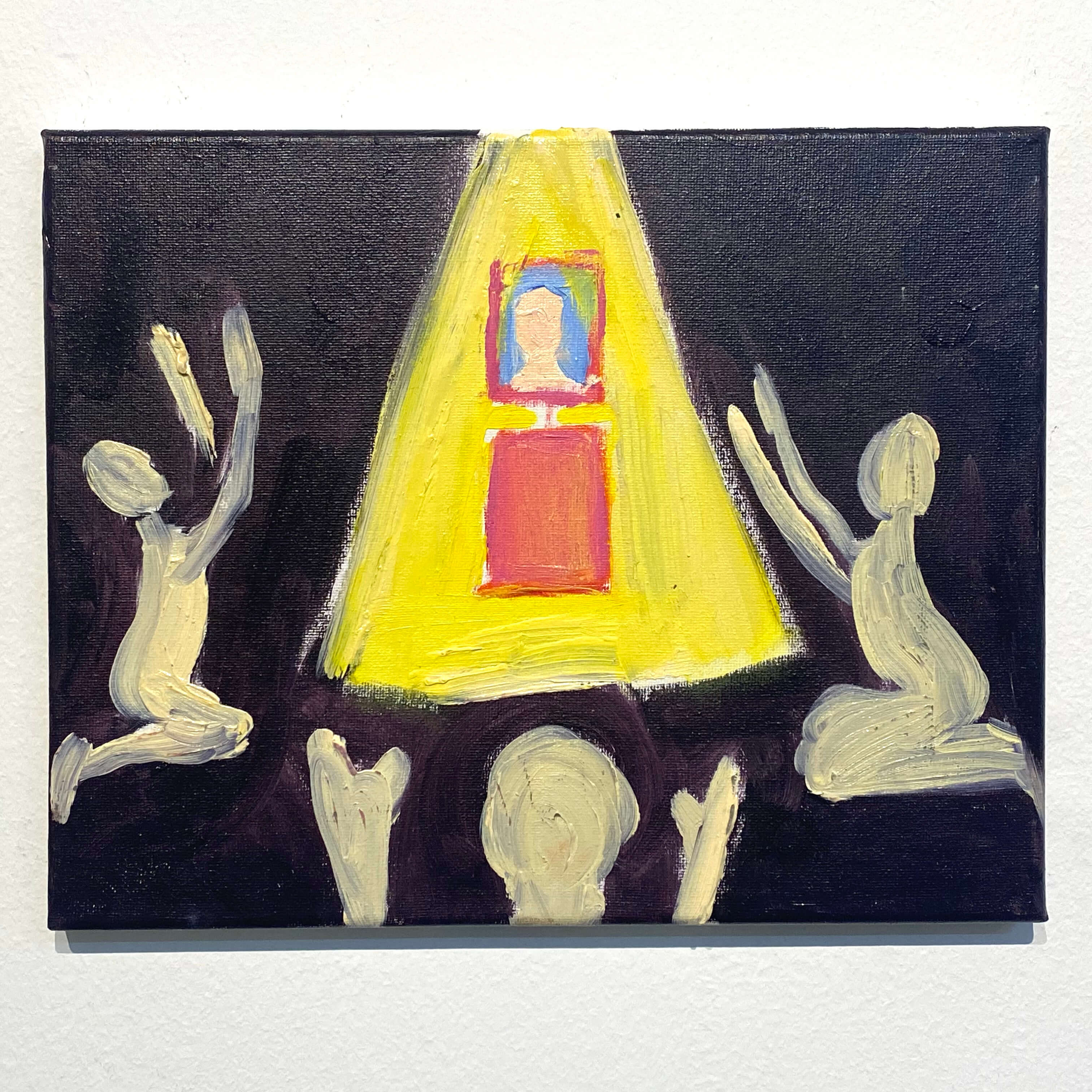
"Greatest Artwork Ever" by Azad Daniel
In an era where the art world is often beset by a penchant for the grandiose, the 'Visual Diary' series by Azad Daniel emerges as a refreshing counterpoint. This array of works is a deft interplay of spontaneity and narrative clarity, a vibrant celebration unencumbered by the oftentimes labyrinthine backstories that cloak much of contemporary art. Each piece stands as a testament to the power of simplicity, a reminder that the most profound artistic statements are often made in the simplest of strokes.
The annals of art history tell a story of evolution — not just in style and technique but in the very perception of what art can be. This narrative is rich with instances where the preliminary has overtaken the polished, and the sketch has found unexpected permanence. The luminary Paul Cézanne, often hailed as the father of modern art, produced countless studies of Mont Sainte-Victoire and bathers. These works, initially considered rough and exploratory, would eventually pivot the course of art history, heralding the advent of a new visual language that would inspire generations of artists.
In the same vein, Egon Schiele's raw, expressive lines, which captured the human form with an arresting emotional intensity, were once seen as mere preparatory works. Yet today, they are lauded for their authenticity and power, vital in the expressionist movement. Kazimir Malevich's geometric explorations, sketches in their nascent stage, laid the groundwork for Suprematism — an art movement that would challenge perceptions of the aesthetic and the purpose of art. Henri Matisse’s sketchbooks, brimming with fluid lines and nascent ideas, now serve as a window into the soul of an artist at work, their spontaneity as revered as any of his celebrated cut-outs or paintings.
Azad Daniel’s 'Visual Diary' pays homage to this rich tradition. The series does not attempt to emulate the grandeur of historic masterpieces but rather embraces the same unfiltered exploration of thought that these sketches historically represented. Daniel's work compels us to reevaluate our understanding of art's masterpieces, urging a deeper appreciation for the immediacy of the sketch.
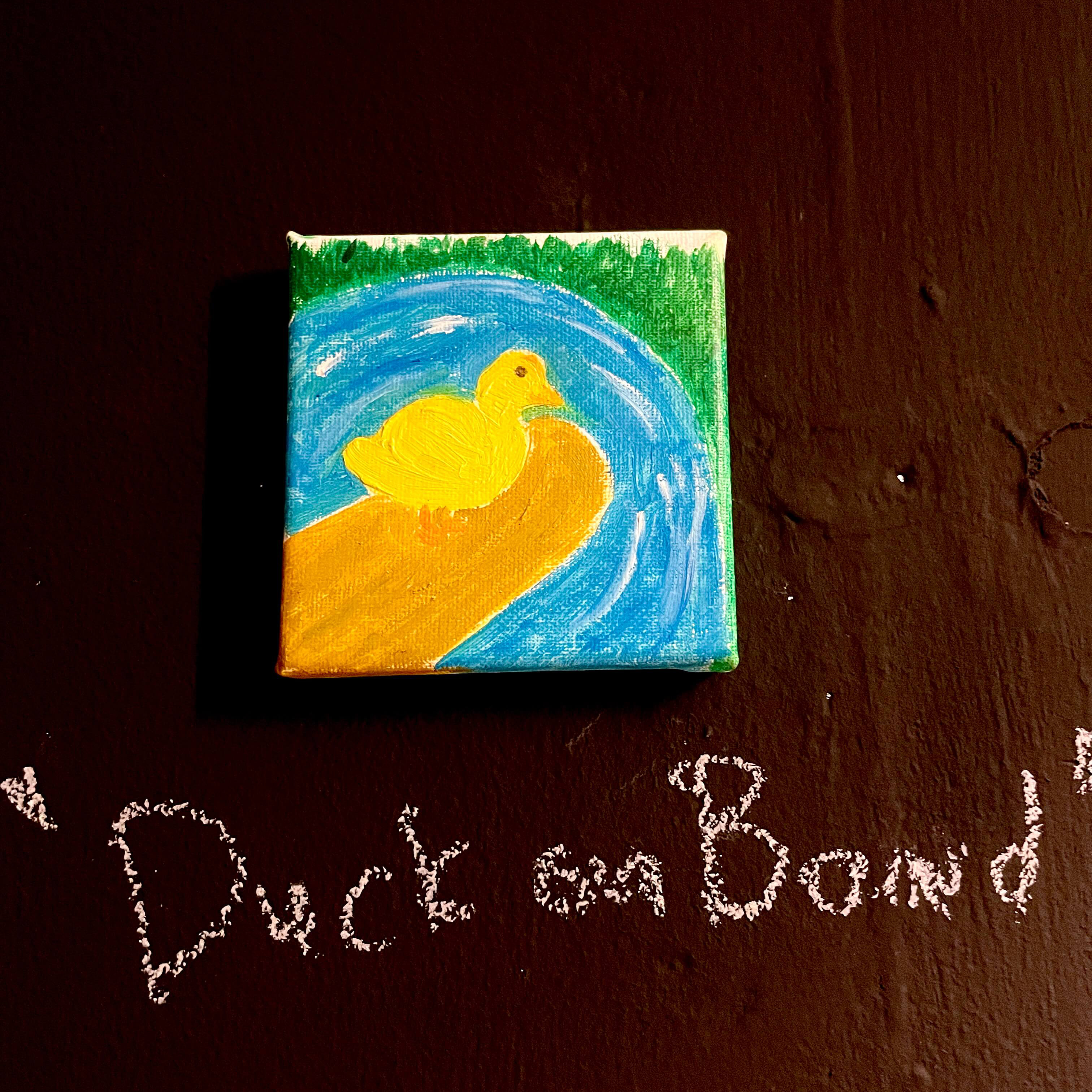
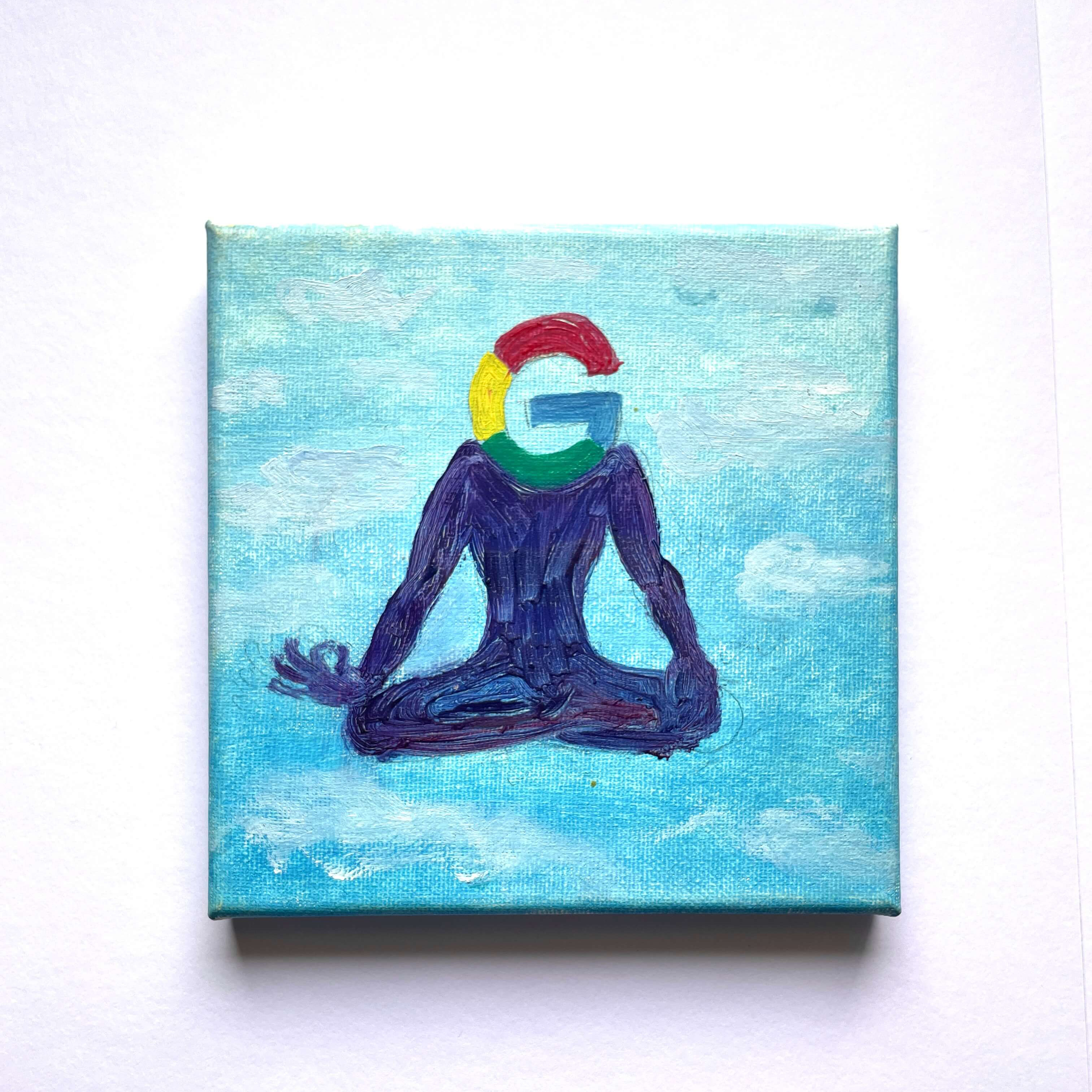
"Duck on Board" & "Google God" by Azad Daniel
"Duck on Board" is a delightful foray into this philosophical terrain. The subject — a duck — is rendered with a charming simplicity against a swirling backdrop of blue. The composition strikes a balance between playful innocence and considered symbolism, reminiscent of a child's unfettered approach to art. Yet, there is an underlying sophistication in the juxtaposition of the serene duck and the dynamic waters, hinting at deeper reflections on life's tranquility and turmoil.
"Google God," with its satirical edge, is a potent commentary on modernity's digital devotions. The figure in meditative repose, crowned by the emblematic Google 'G', invokes the omnipresence of the search engine in our lives. The serenity of the blue background clashes with the starkness of the figure, a stark reminder of the dichotomy between our quest for knowledge and the overwhelming deluge of data that confronts us.

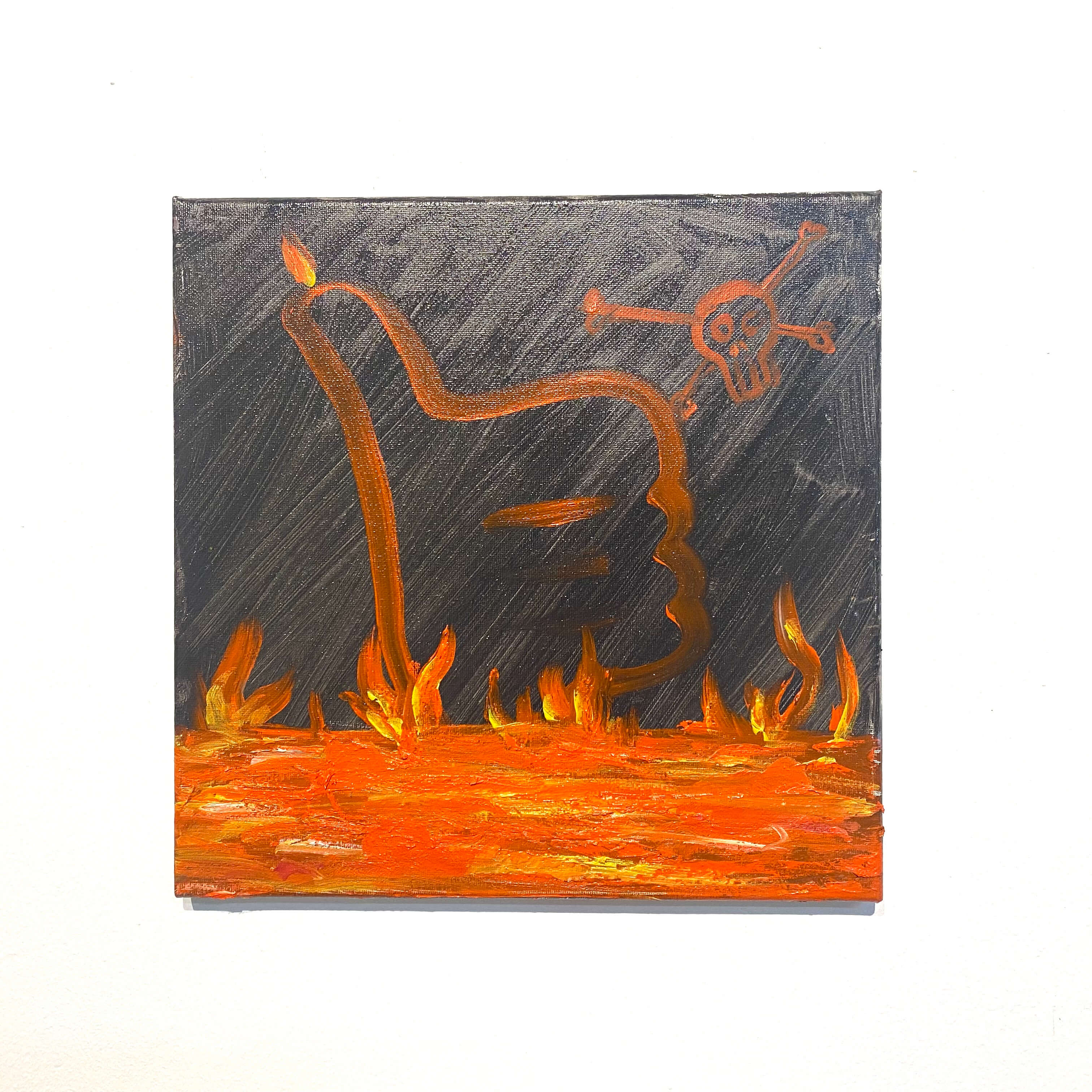
"High as Eagle" & "Stoicism (Astalavista)" by Azad Daniel
"High as an Eagle" stands out for its unapologetic embrace of color and movement. Here, an eagle ascends with a burst of fiery hues, its form rendered with an almost ferocious urgency. This is a painting about ambition and freedom, the eagle's rise a metaphor for the human spirit's unyielding desire to soar beyond the mundane. The boldness of the brushstrokes infuses the work with a palpable energy that is as inspiring as it is visually arresting.
Through these works, Daniel challenges us to find depth in directness, beauty in the raw line, and emotional resonance in unadorned composition. His sketches — each a narrative rich with introspection and critique — celebrate the human experience in its myriad forms. The simplicity of his visual language belies a depth of understanding and observation that is both accessible and profound.
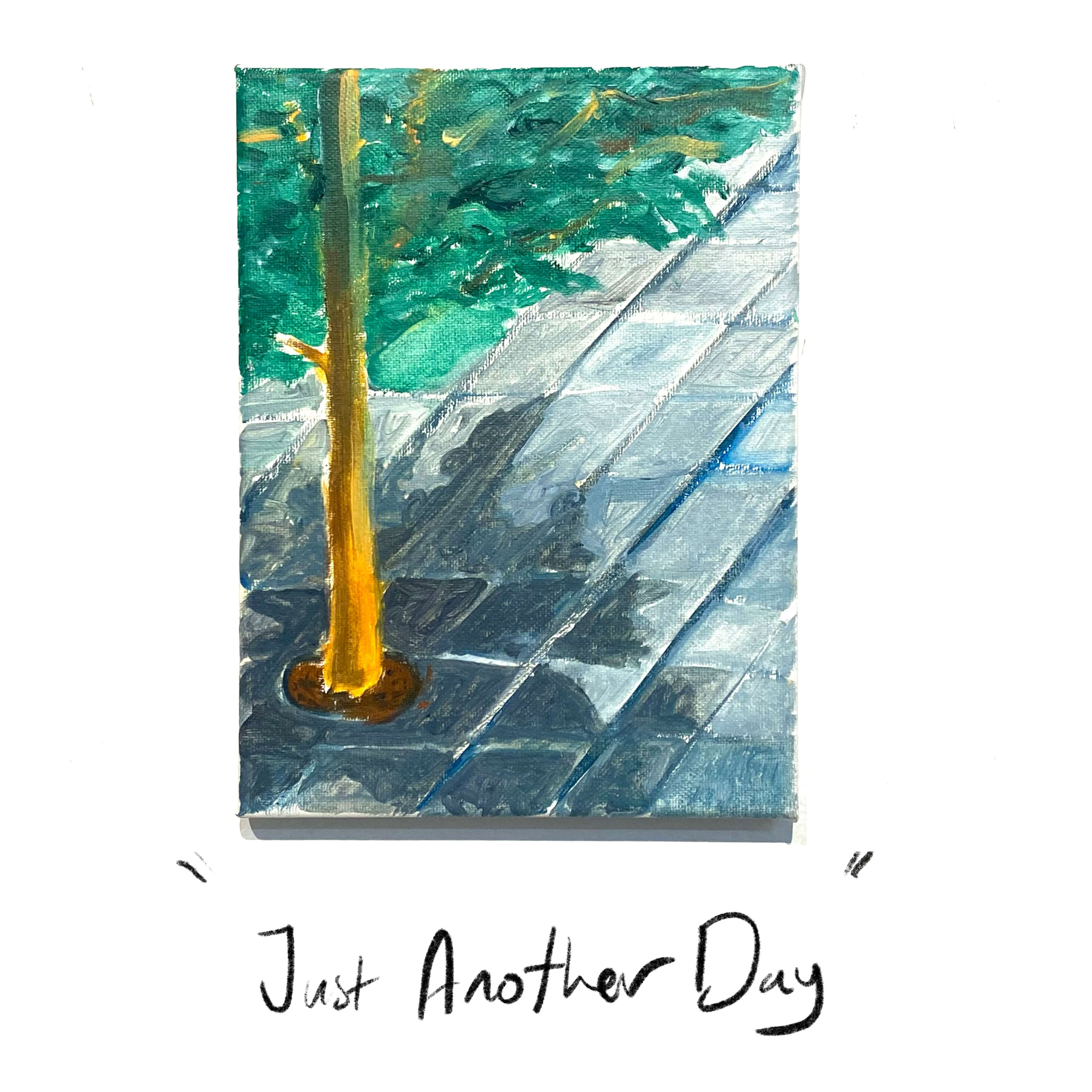

"Just Another Day" & "Grass and Trees" by Azad Daniel
The 'Visual Diary' series stands as a beacon of artistic expression in our complex times. It does not shout for attention with complexity or convolution but rather whispers truths with clarity and wit. In this way, Daniel’s art mirrors life itself — not always straightforward, yet always sincere, inviting the viewer to engage in a dialogue that is as enlightening as it is enjoyable.
As we contemplate these pieces, we are reminded of the inherent value found in the authenticity of expression. These are not mere sketches but rather the heartbeats of a visual language that speaks directly to the viewer. They echo the tradition of art as a spontaneous burst of human creativity, unshackled from the constraints of grand narratives and elaborate executions. In a world that often craves instant understanding, the 'Visual Diary' series stands out for its ability to marry simplicity with depth, wit with wisdom, in a clear and approachable manner.


"If it was Art" & "Relax and Unwine" by Azad Daniel
This is the power and the beauty of Azad Daniel's work: it is immediate yet enduring, simple yet profound. It harks back to the truth that in art, as in life, the most impactful moments are those that are unadorned and genuine, where meaning is not obscured by complexity but is made clear through the honesty of the creator's hand and mind. The 'Visual Diary' series, therefore, is not just a collection of individual artistic expressions; it is a cohesive narrative that speaks to the enduring dialogue between artist and viewer, a dialogue that has shaped the course of art history.
As we celebrate these works, we do not just celebrate the pieces themselves but also the rich and diverse legacy of the sketch in art. We are reminded that the beauty of art lies not in its finish but in its feeling, not in its polish but in its passion. Azad Daniel's series is a tribute to this legacy, a reminder that the most powerful art often comes from the most humble beginnings. It is a call to look beyond the surface and to appreciate the sketch — not as a precursor to something greater, but as something great in itself.